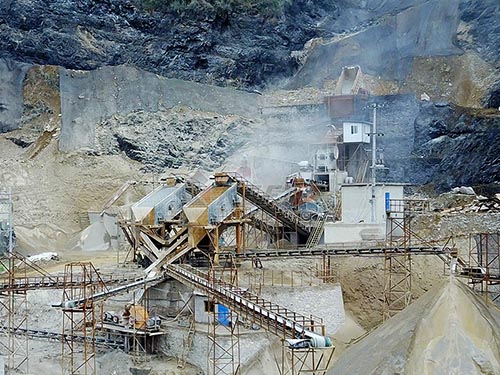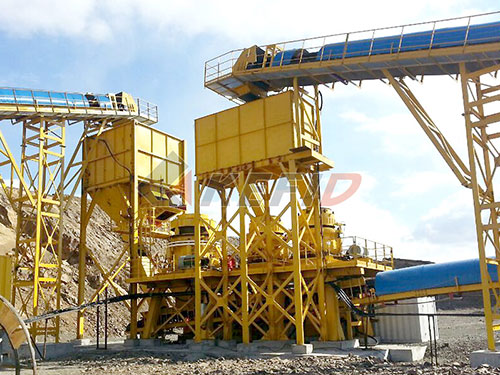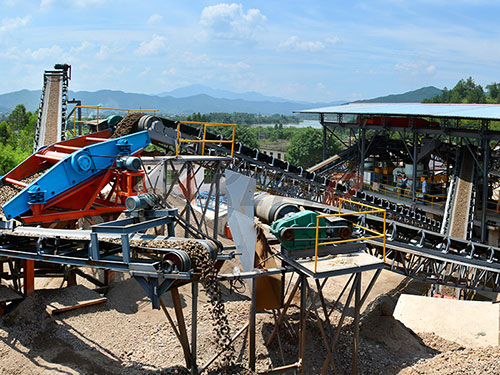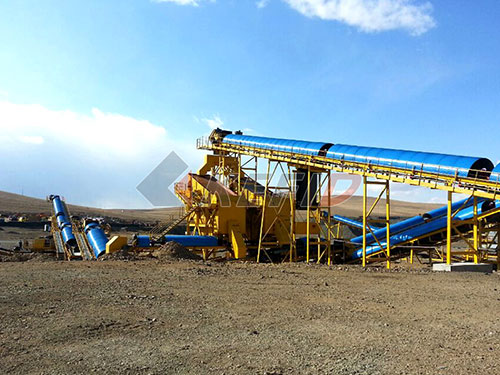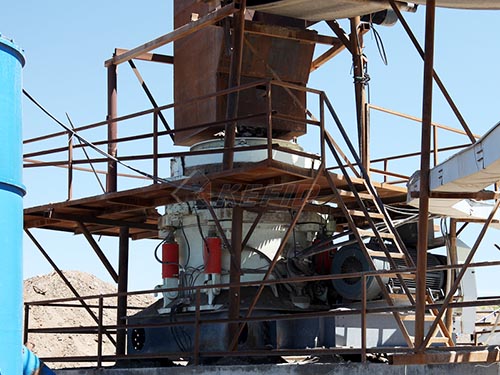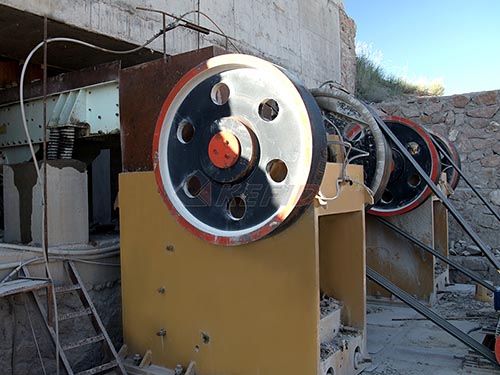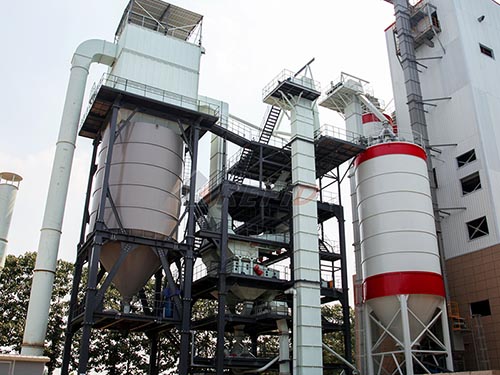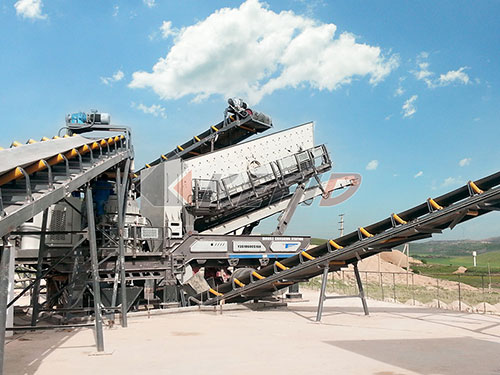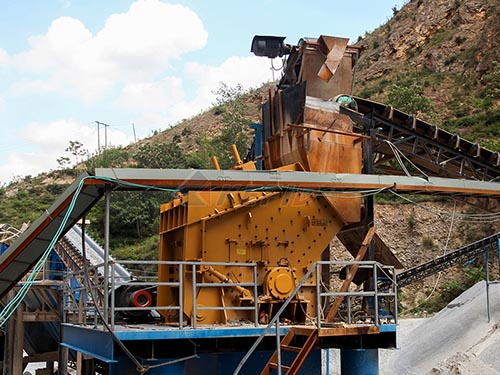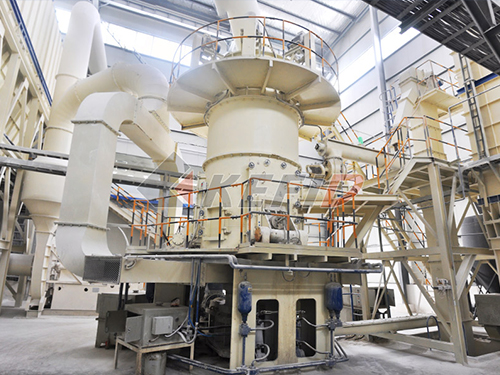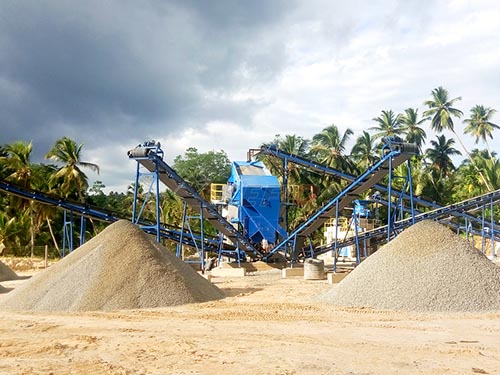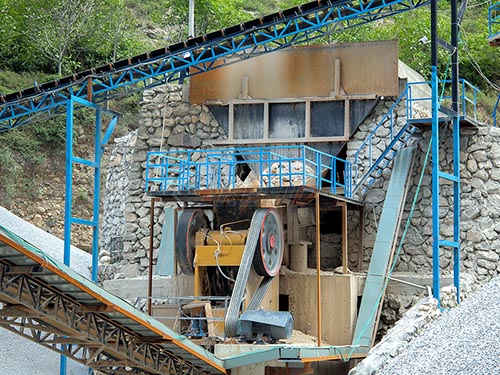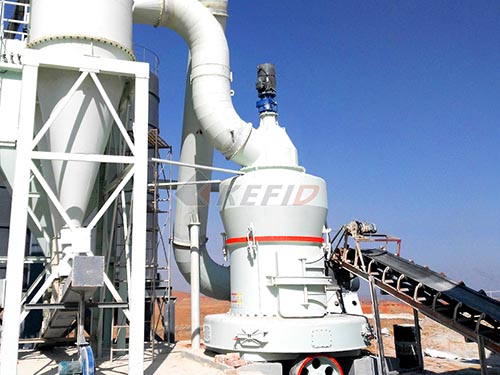The Pioneer 3416 Rock Crusher: Power and Agility for Demanding Applications
In the world of aggregate processing and recycling where space is often constrained and efficiency is paramount, the Pioneer 3416 Jaw Crusher stands out as a robust and remarkably mobile solution. Designed by industry leaders Kolberg-Pioneer (KPI-JCI & Astec Mobile Screens), this machine packs substantial crushing power into a highly maneuverable package.
Engineered for Mobility and Quick Setup
Unlike massive stationary plants or larger track-mounted units requiring significant logistical planning, the Pioneer 3416 excels in its ability to be rapidly deployed and set up:
1. Compact Dimensions: Its relatively small footprint allows it to operate effectively on tight urban job sites, confined recycling yards, or remote locations where access is challenging.
2. Track Mobility: Mounted on rugged tracks with hydraulic drive systems, the crusher offers excellent ground mobility over rough terrain without needing heavy hauling equipment between close-proximity sites.
3. Fast Deployment: Hydraulic leveling legs and integrated hopper extensions facilitate quick setup times measured in minutes rather than hours or days.
Robust Crushing Performance
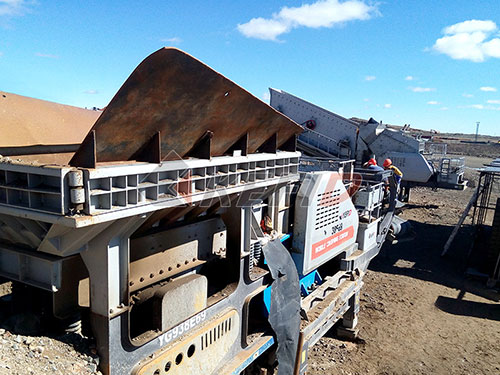
Don’t let its size fool you; the Pioneer 3416 delivers serious crushing capability:
Vibrating Grizzly Feeder: A heavy-duty stepped grizzly feeder pre-screens fines before material enters the crushing chamber, improving efficiency and reducing wear on the jaw dies.
Aggressive Jaw Design: Equipped with a large feed opening relative to its class size (typically around 34″ x 16″), it readily accepts bulky demolition debris like concrete slabs or large natural stone.
High Reduction Ratio: The optimized jaw geometry efficiently reduces feed material down to required sizes in a single pass.
Hydraulic Adjustment: CSS (Closed Side Setting) adjustments are made quickly and safely via hydraulic controls while the machine is running under load.
Durable Construction: A heavy-duty welded steel frame provides long-term structural integrity under demanding operating conditions.

Ideal Applications
The Pioneer 3416 finds its sweet spot in several key areas:
1. Concrete & Asphalt Recycling: Its ability to process large chunks of demolition debris directly on-site makes it invaluable for contractors specializing in C&D recycling.
2. Small to Medium Quarry Operations: Ideal as a primary crusher for smaller quarries producing aggregates for local construction needs.
3. Urban Construction Projects: Perfect for


